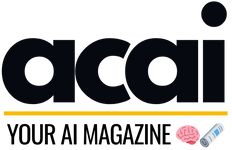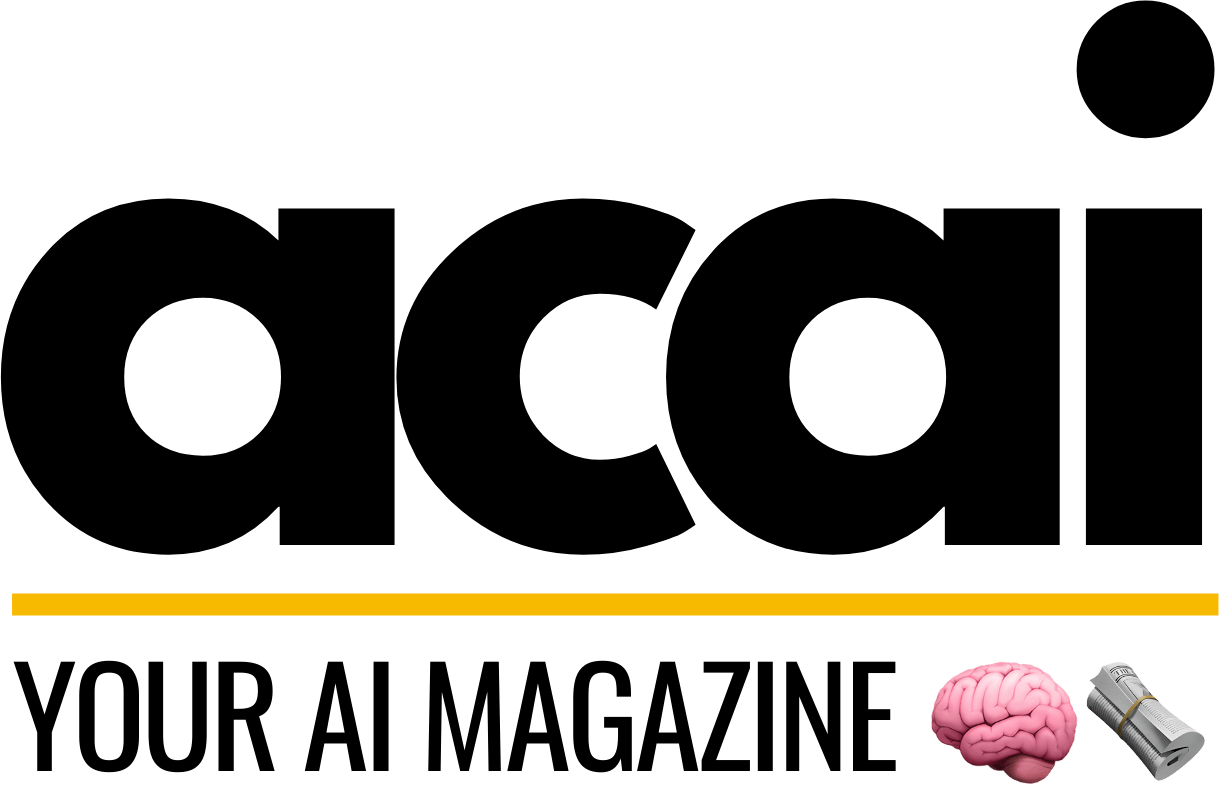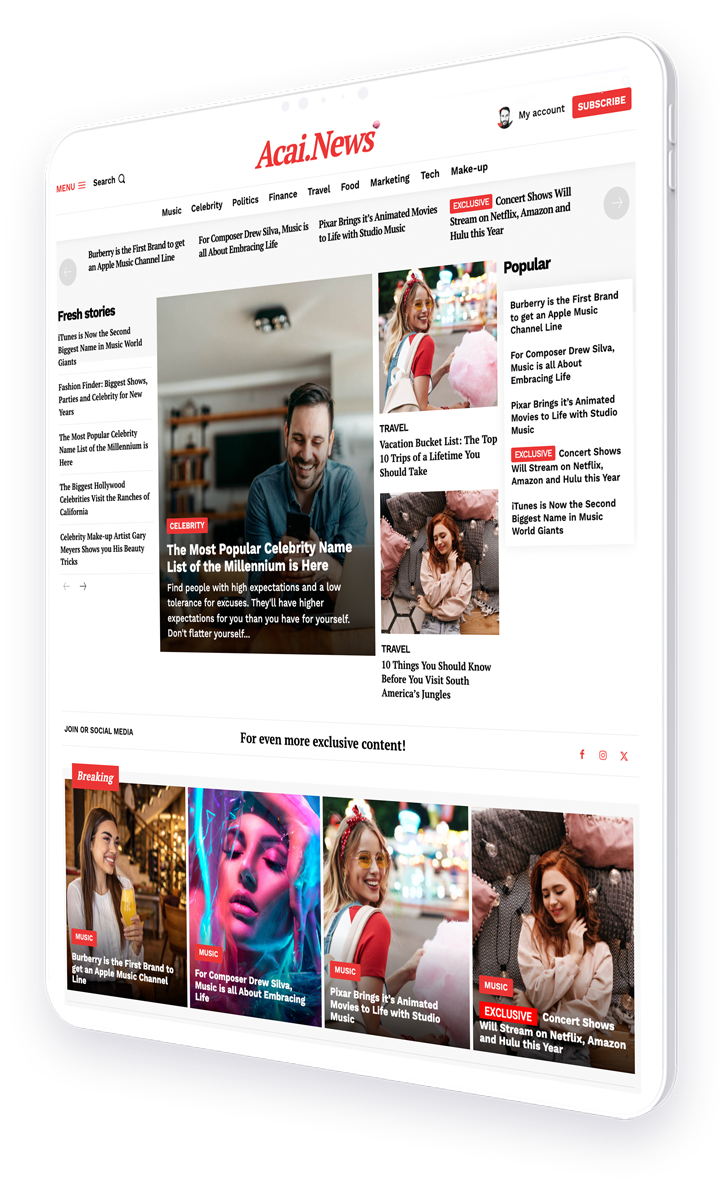Exploring the creative potential and limitations of generative tools
The integration of Artificial Intelligence (AI) in various sectors has sparked a revolution, notably in the creative industries, including corporate publishing. This article delves into the capabilities and limitations of AI in crafting poetry, an art form traditionally revered for its human emotional depth and aesthetic precision.
- Understanding AI in Creative Contexts
- Examples of AI-Generated Poetry
- AI in Corporate Publishing
- Limitations of AI in Poetry
- Future Perspectives
- Conclusion
Understanding AI in Creative Contexts
AI operates through machine learning algorithms and neural networks that mimic human brain functions to some extent. In creative applications, AI analyzes existing literature to generate text based on patterns and associations it has learned.
- Machine Learning Models: Tools like GPT-4 have been trained on a diverse internet corpus to generate human-like text.
- Neural Networks: These are used to understand and replicate the nuances of human language and style.
Examples of AI-Generated Poetry
Several instances of AI poetry have shown that machines can indeed create works that resemble human-written poetry. For example, Google’s Project Magenta has produced poems that have been published in established literary journals, demonstrating the potential of AI in this art form.
AI in Corporate Publishing
In the realm of corporate publishing, AI is primarily used to streamline content creation processes and personalize user experiences. AI-generated poetry can be used in advertising, newsletters, and digital content to engage audiences in a novel way.
- Marketing Campaigns: AI can generate creative content quickly, allowing for more dynamic marketing strategies.
- Personalization: AI tools can tailor content to the preferences and behaviors of individual readers.
Limitations of AI in Poetry
Despite its advancements, AI lacks the intrinsic human qualities essential for poetry, such as emotion and consciousness, which are crucial for the depth and empathy found in much of human literature.
- Lack of Emotional Depth: AI does not experience emotions and thus cannot genuinely express or engage with them through poetry.
- Creative Authenticity: There is an ongoing debate about whether AI-generated content can possess authenticity or soul.
Future Perspectives
The future of AI in poetry and corporate publishing looks promising yet contentious. As AI tools become more sophisticated, the line between human and machine-generated content might blur, leading to both opportunities and ethical dilemmas.
- Enhanced Collaboration: AI could become a tool that augments human creativity, helping poets and writers to explore new creative avenues.
- Ethical Considerations: The use of AI in creative processes will necessitate ongoing discussions about authorship and originality.
Conclusion
In conclusion, while AI can assist in the mechanical aspects of writing poetry, it lacks the ability to fully replicate the human touch that is often central to the art. The use of AI in corporate publishing presents both challenges and opportunities for innovation in content creation. As we move forward, it will be crucial to balance technological advancements with the preservation of genuine human creativity.
For further reading on AI and creativity, visit MIT Technology Review.




